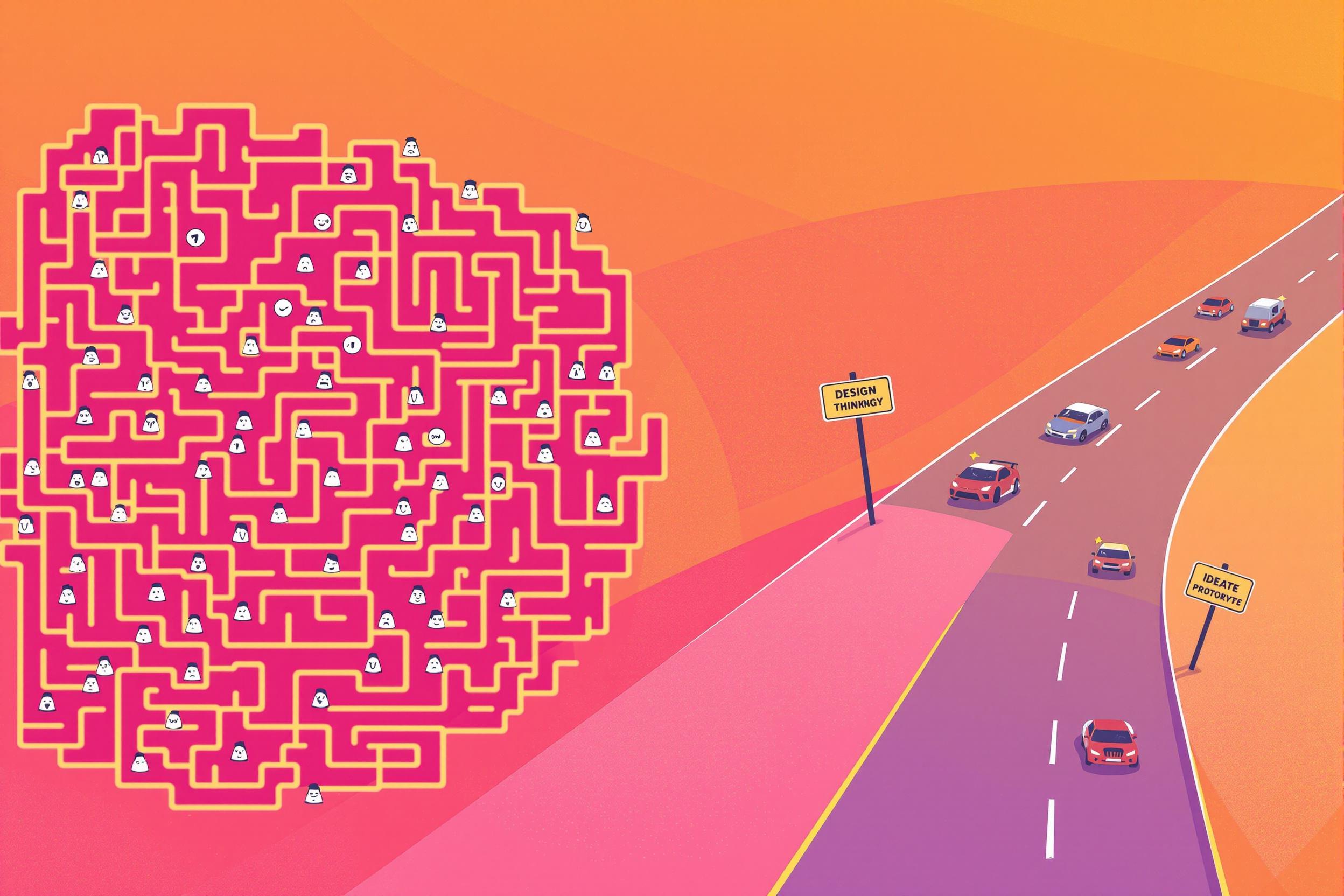
Character Design
Character Design is the art of creating unique and memorable characters for books, comics, animations, or games. It's like giving birth to new personalities on paper or screen. Designers create detailed visual representations showing how characters look, express emotions, and move. This includes everything from their basic appearance to their clothing style and personality traits. Similar terms used in the industry include character development, character illustration, or character conceptualization. When you see this on a resume, it means the artist can create consistent, appealing characters that can be drawn repeatedly from different angles and expressions.
Examples in Resumes
Created main Character Designs for a series of children's educational books
Developed Character Designs and style guides for a young adult novel series
Led Character Design process for an award-winning picture book
Typical job title: "Character Designers"
Also try searching for:
Where to Find Character Designers
Online Communities
Job Boards
Professional Networks
Example Interview Questions
Senior Level Questions
Q: How do you manage a character design project from start to finish?
Expected Answer: A senior designer should discuss their process including research, mood boards, initial sketches, client feedback rounds, final designs, and creating style guides for others to follow. They should mention managing timelines and working with writers and art directors.
Q: How do you ensure consistency across a series of characters?
Expected Answer: They should explain creating design rules, maintaining style guides, using reference sheets, and ensuring characters work well together while remaining distinct and recognizable.
Mid Level Questions
Q: How do you adapt your character designs for different age groups?
Expected Answer: Should discuss how design elements change based on audience - simpler shapes for younger children, more complex designs for older readers, and understanding age-appropriate content.
Q: What's your process for revising designs based on client feedback?
Expected Answer: Should explain their approach to receiving and implementing feedback, showing flexibility while maintaining artistic integrity, and managing multiple revision rounds.
Junior Level Questions
Q: What basic elements do you consider when designing a character?
Expected Answer: Should mention basic design principles like silhouette, color theory, personality expression through design, and how to make characters appealing and memorable.
Q: How do you research and gather inspiration for character designs?
Expected Answer: Should describe using reference materials, creating mood boards, researching target audience, and gathering visual inspiration while avoiding copying.
Experience Level Indicators
Junior (0-2 years)
- Basic drawing and design skills
- Understanding of color theory
- Simple character expressions and poses
- Digital art software basics
Mid (2-5 years)
- Consistent character design across multiple poses
- Style adaptation for different projects
- Character expression sheets
- Working with art directors
Senior (5+ years)
- Leading design teams
- Creating style guides
- Managing client relationships
- Complex character design systems
Red Flags to Watch For
- No portfolio or poor quality portfolio
- Inability to draw characters in different poses and expressions
- No understanding of age-appropriate design
- Poor communication skills or inability to accept feedback
- No knowledge of industry-standard design software
Related Terms
Need more hiring wisdom? Check these out...

Why Your Hiring Process is a Maze (And How Design Thinking Can Turn It into a Superhighway)

Unlocking Team Potential: Personality Mapping for Dynamic Management

The Art of Selecting Great People: A Leader's Most Critical Skill

